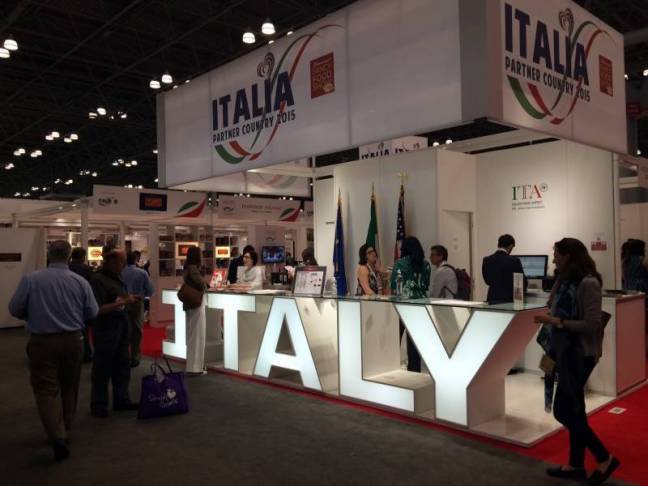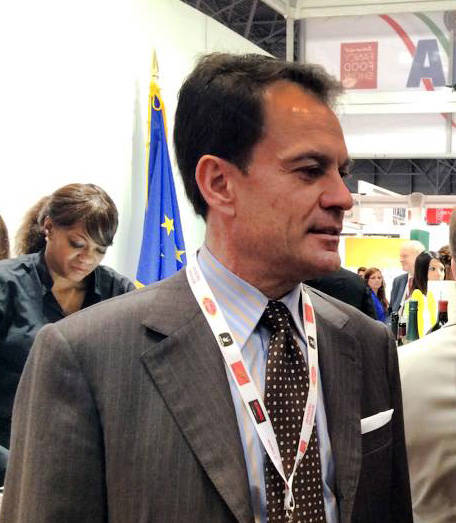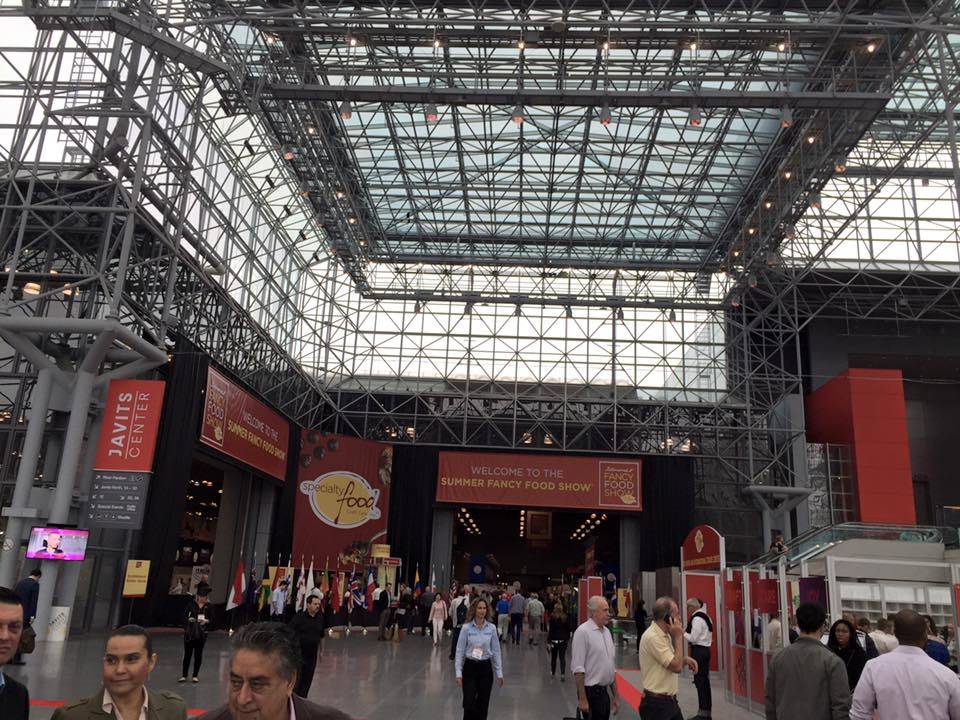Representing Italy’s Food Products in North America
“We must remember that our participation in the Summer Fancy Food Show is part of a greater initiative, under the banner The Extraordinary Italian Taste, that was developed by the Ministry of Economic Development,” Forte explains. “Attendance at trade shows is one of our core duties in representing the singularity and quality of Italian food.”
Parma, Fiera di Milano, and Fiera di Verona. Furthermore, while the Italian pavillon will welcome about 270 companies, the overall Italian representation at the show is even greater as plenty of other Italian producers are participating outside the pavilion. “Some of them already have local importers,” says Forte, “others are represented by consortia and others yet simply want to maintain their individuality and stand on their own.”
So overall, Italy is bringing about 500 producers. All of them presenting to buyers and retailers some of the country’s best pastas, cheeses, olive oils, cured meats, waters, pastries, juices, and more.
Besides gross numbers, the size of Italy’s participating companies is interesting as it reflects the peculiar nature of the food industry in the country. Indeed, as the Trade Commissioner emphasizes, the percentage of mass market companies is rather limited.
The Summer Fancy Food Show (June 26 – 28 in New York’s Javits Center) is not only the largest specialty food trade event in North America but also a major showcase of the state of the food industry.
It brings top producers, manufacturers, and buyers together under one roof. The estimates for this summer’s show is more than 180,000 products, 25,000 buyers, and 2,500 exhibitors.
500 Italian producers
“As it’s been the case in the past years, The Italian Trade Commission works
with a group of Italian government and food industry organizations, as well as the Specialty Food Association, in putting together an Italian pavilion that is getting bigger every year,” Forte continues. The Italian agencies involved in this work include include Federalimentare, Fiera di
“Let’s say that 80% of all exhibitors are small to medium sized companies hailing from all different Italian regions. In attendance there also are Consortia that come together to either protect of promote certain products and there are local, as well as regional entities such as Chambers of Commerce. They all come together because the U.S. is a key market for Italian products.”
Fighting the “Italian sounding” phenomenon
American consumers are indeed more and more conscious of what they are eating, and in terms of premium quality, certified origin, authenticity, and taste, Italian food products satisfy all their needs. “We have conducted a survey and found out that Italian food is loved first and foremost because it is good, because it gives an idea of family, and because it is simple and most of all healthy,” Forte tells us. “Italian cuisine follows the Mediterranean eating pattern, and focuses on natural ingredients and simple flavors. Researches suggest that the benefits of a Mediterranean diet pattern may include weight loss, reduced cholesterol levels, reduced risk of coronary heart disease and of depression. How do Italians stay so thin and happy?”
Many Americans consumers however, do try to eat Italian but are unaware of the issue of Italian-sounding products. Labelled with Italian names and misleading Italian words, images or trademarks, these products are simply fake but, in some states they are often easier to find than
the original ones. It is the so-called phenomenon of “Italian-sounding” products.
It has been around for ages, some even say since the end of the nineteenth century, when Italian emigrants began to produce food with local products and labelled them with the names of the original Italian ones or with images reminiscent of Italy. “It’s easy to be tricked,” Forte warns, “We are working hard on spreading awareness to more American states and we are focusing on Illinois, California, Texas and the tri-state area. Consumers are willing to buy genuine Italian quality at higher prices, so our mission is to fill those market voids. Participation to shows like the SFFS is one efficient way to do that.”
Supporting Italy’s EVOO
At the show, the Italian Trade Commission’s Italian Pavilion will feature a small lounge where trade insiders will have the chance to participate in cooking demos, or just try out the winebar while exchanging knowledge and learning about Italian food. “There will be an immense variety of products but I believe that close attention must be paid to extra virgin olive oil,” Forte emphasizes. “Lately the press has spoken ill of it and producers have been accused of different issues. The truth is that, even though there always are some scoundrels, the production of Italian olive oil follows very strict rules, products must undergo plenty of quality control processes and the final product is simply excellent. Italian olive oil now deserves better representation.”





































i-Italy
Facebook
Google+
This work may not be reproduced, in whole or in part, without prior written permission.
Questo lavoro non può essere riprodotto, in tutto o in parte, senza permesso scritto.